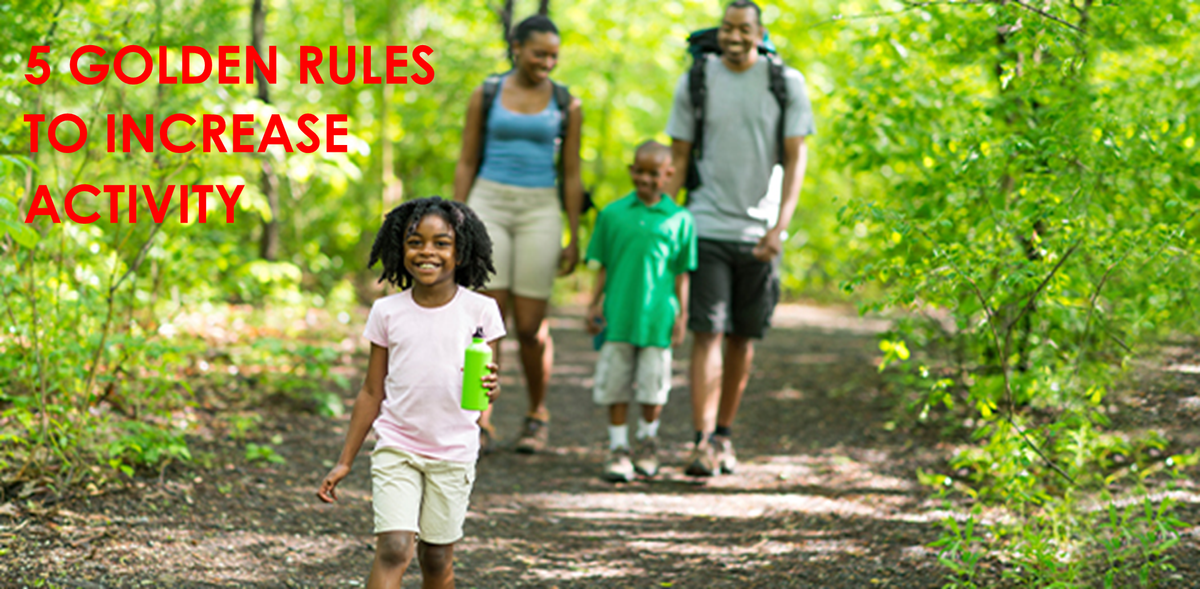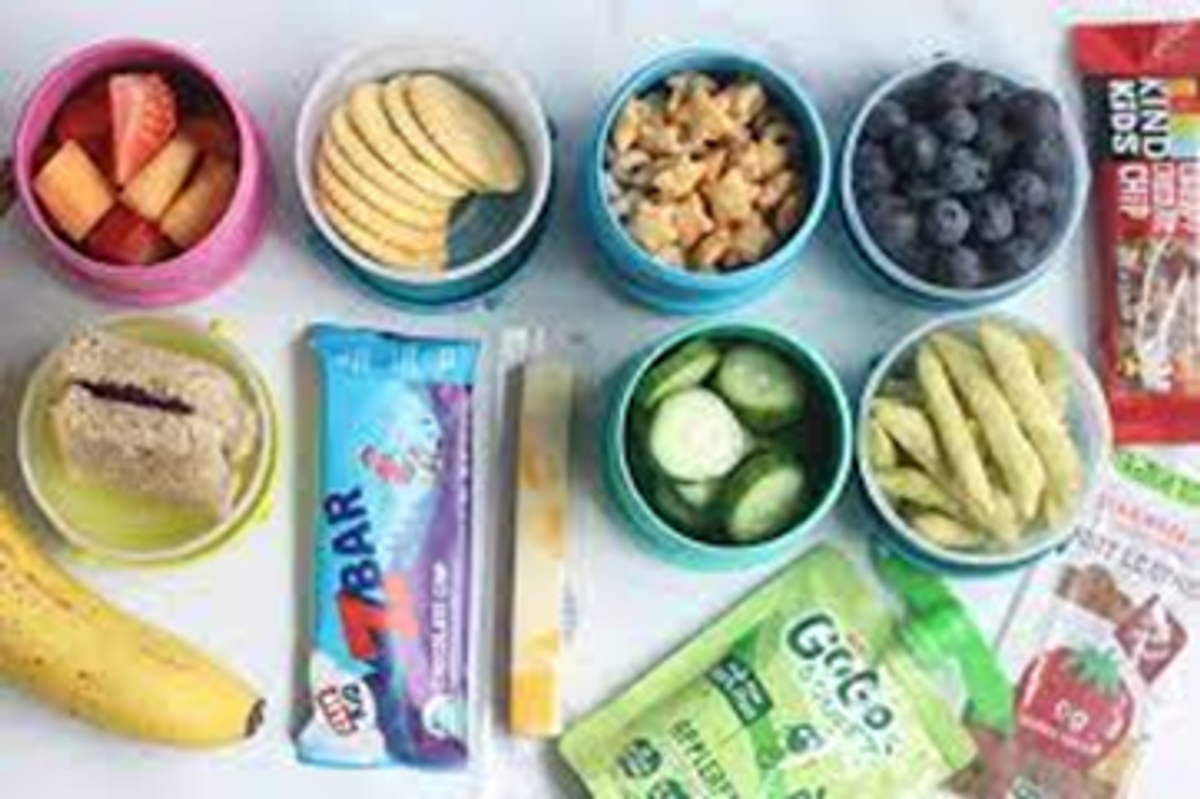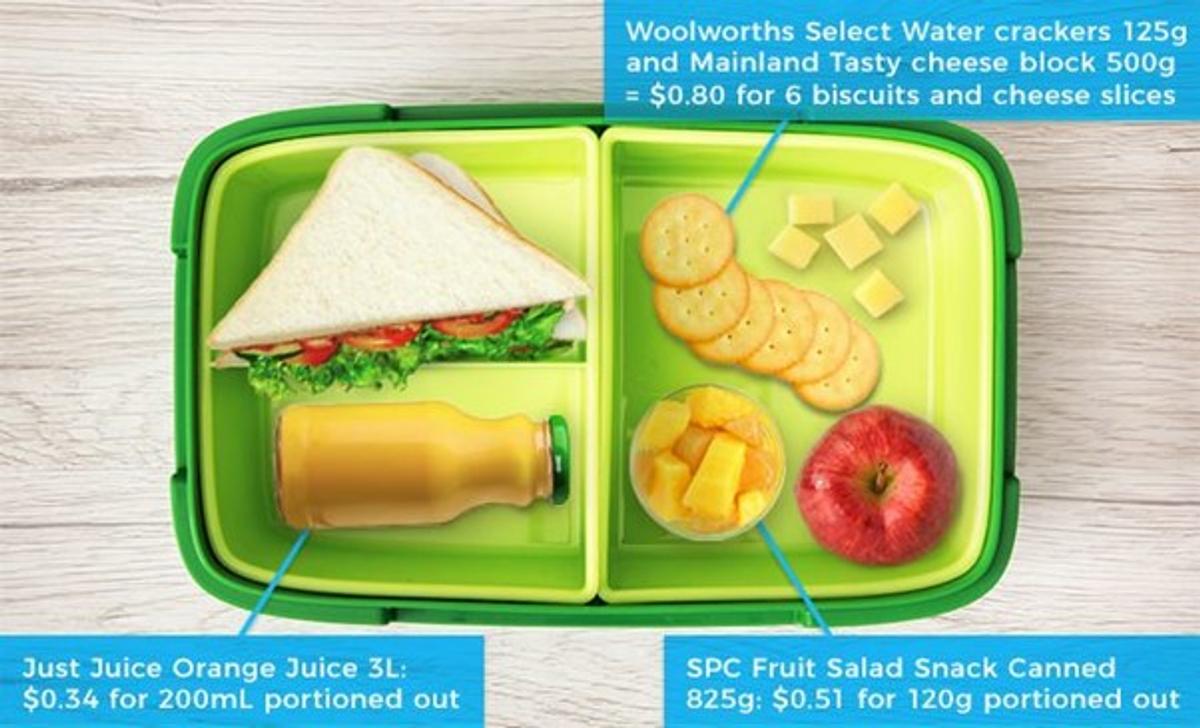Health & Fitness

Where do I start with activity and what should I expect?
Sometimes the thought of being more active is even tiring just to think about…
However, if you have decided to become more active – congratulations! Making this decision is an important step to becoming a healthier and happier person.
Being more active can lead to positive benefits such as:
- Better sleep, waking feeling refreshed and ready for the day
- Improved mental health – less anxious thoughts!
- Greater ability to join in activities with your friends and family
- Decreased risk of developing chronic diseases such as type 2 diabetes and heart disease
OK, I have not been very active lately, so where do I start?
Five golden rules:
- Take it slowly – don’t jump in too fast.
- Think long-term
- Don’t forget about incidental activity
- Do things you enjoy and get support from others
- Plan for activity
1. TAKE IT SLOWLY BUT MAKE A COMMITMENT!
Evidence shows that if you launch into a full ‘exercise’ program straight away, you not only risk feeling sore and tired, but you are also more likely to give up. Build up your activity levels over time – this will also help you to make the changes to your lifestyle more permanent.
So, take it slowly! Depending on how active you are currently, introduce one or two smaller changes over the next week. For example, for someone trying to become more active, why not invite a friend to grab a takeaway coffee with you and walk around a park instead of meeting at the café?
2. THINK LONG-TERM
Forget the quick fixes! While exercising in the short-term can make you feel good, most components of fitness, take time to develop (e.g., 3 months+)*. This could range from building routines and habits, to seeing an increase in your cardio and strength capabilities.
That’s why, if you are looking for sustained changes to your fitness leading to lifelong health benefits, select activities:
- that you enjoy
- that can be incorporated easily into your own lifestyle, and
- you can see yourself continuing over time.
So, how much activity should I aim to do? The Australian Government has guidelines (specific to age groups) to help guide how much activity you should be doing. If you’re an adult, you should aim to be active every day and do at least 150 minutes of moderate activity a week. It’s also recommended muscle strengthening activity at least twice a week.
Think about your own lifestyle – what activities could you do that you would enjoy and could continue building on to make them lifelong habits?
3. DON’T FORGET ABOUT INCIDENTAL ACTIVITY
Becoming more active does not mean you have to start jogging or going to a gym. You can begin slowly by incorporating incidental activity into your day, such as parking a little further from work than usual and walking the rest of the way or walking around a shopping centre rather than doing online shopping! Think about small ways you can incorporate activity in your everyday life.
4. DO THINGS YOU ENJOY AND GET SUPPORT FROM OTHERS
Enjoy yourself! It’s more likely you’ll continue your activity if you do things you enjoy. Don’t like to run? Then consider swimming. Love the social side of team games? Then join a local community sport team.
If you have friends or family that you can invite to be active with, it is more likely that you will continue and feel supported.
5. PLAN FOR ACTIVITY
Set yourself a plan for the next week – achievable, small tasks you can build on – this might include things such as: I will go for two 15-minute walks with the dog or I will walk to school with the kids. HINT: if possible, stick your plan on your fridge or somewhere visible as a reminder/motivator.
When planning, consider the things that might get in your way. For example, you might get busy at work, or it might start raining when you have planned a walk. Have a backup plan ready – for example, if it rains, I will do an indoor workout instead.
HEALTHY SNACK IDEAS TO FUEL YOUR BODY FOR ACTIVITY
We all love a snack, so why not make it healthy!
Not only is healthy snacking a great way to curb hunger and give your body some extra nutrients, it can also help fuel your body before exercise. Let’s delve into why regular healthy snacks, as well as drinking enough water, are an important part of a balanced diet.
BENEFITS OF SNACKING
With only 4% of Australian adults eating enough vegetables, having some healthy snacks throughout the day that use vegetables can help boost your intake of essential vitamins, minerals, and fibre. If you are getting peckish in between meals, snacking on some high protein, high fibre foods can also prevent over-indulging on a sugary snack later. Keeping a full water bottle at your desk to remind you to stay hydrated is also important, as often when we are dehydrated, we will feel hungry instead of thirsty.
SNACKS AND EXERCISE
When we exercise, our digestion slows right down, which means that food can sit in our stomach for longer than usual and cause some discomfort during a workout. Having a small snack, 1-2 hours before exercise gives your food enough time to digest and provides your body with the energy it needs to complete the activity. It is also important to stay hydrated throughout the day, especially if you’re going to be exercising. Aim for 8 glasses of water a day, and if your taste buds are after something a bit more exciting, try teas, naturally flavoured water, or sparkling water.
BUILDING A BALANCED SNACK
The two key nutrients to think about when choosing snack options are protein and fibre, as both of these help you to feel full and will keep you going throughout the afternoon. For some added vitamins and minerals, throw in some vegetables or fruit where you can! Here are some simple and nutritious snack ideas:
- homemade baked oatmeal bars
- fruit and vegetable smoothie
- fresh or tinned fruit
- homemade bliss balls
- small handful of nuts or trail mix
- guacamole with wholegrain crackers
- homemade savoury muffins
31 BACK-TO-SCHOOL LUNCHES
Whilst most students are bringing well-thought out and nutritious snacks for recess and lunch, there are a few that cause us some concern. The ones that concern us the most, are the ones that don’t offer a lot in terms of nutritional value. The others that concern us are the ones that seem to be full of pre-packed, low nutritional value snack packs which in turn can be quite expensive. Whilst we acknowledge that it can be quite difficult to introduce new foods for some children (my own son, when he was little insisted on a Nutella sandwich for his lunch-along with some fruit-it took about four years for him to eventually come up to me and tell me that he could not look at another Nutella sandwich), here are a few ideas and resources that may assist you.
This week, I signed up to a web-site called Australia’s Best Recipes. It is free to join and has a huge selection of tasty, affordable and practical recipes for the whole family. The website is located at: www.bestrecipes.com.au
Today I will share one of the many ideas for children’s lunchboxes found at the link below. When you get to the page, you click on the image of the particular item and it will show you the list of ingredients, the recipe and the procedure for preparing the dish.
Lunch box recipes for kids: 31 back-to-school lunches | Australia's Best Recipes
Pre-packaged Lunches/Snacks VS DIY Lunches and Snacks
Lunchbox 1 - Pre-packaged snacks
Total cost of pre-packaged snacks:$5.09. Cost over 1 school year (196 days):$997.64
As the diagram above shows, opting for the convenience of pre-packed snacks might save you time when organising your kids’ lunchboxes but can seriously add up over the year. With this scenario costing parents nearly $1,000 (and that’s not even including the cost of the sandwich!).
Lunchbox 2 - DIY snacks
Total cost of pre-packaged snacks: $1.74 Cost over 1 school year (196 days): $323.04
Even a quick glance at our DIY lunchbox scenario shows that there are some serious savings to be made for parents who take the time to portion out snacks. For instance, if you went for the prepacked cheese and crackers, that would set you back $3 per pack. But if you took the time to cut up the cheese and portion out a similar amount yourself, you’d be looking at just $0.80 - a difference of $2.20. That might not seem like much but over a full school year that’s $431 more you’ll be forking out for.




